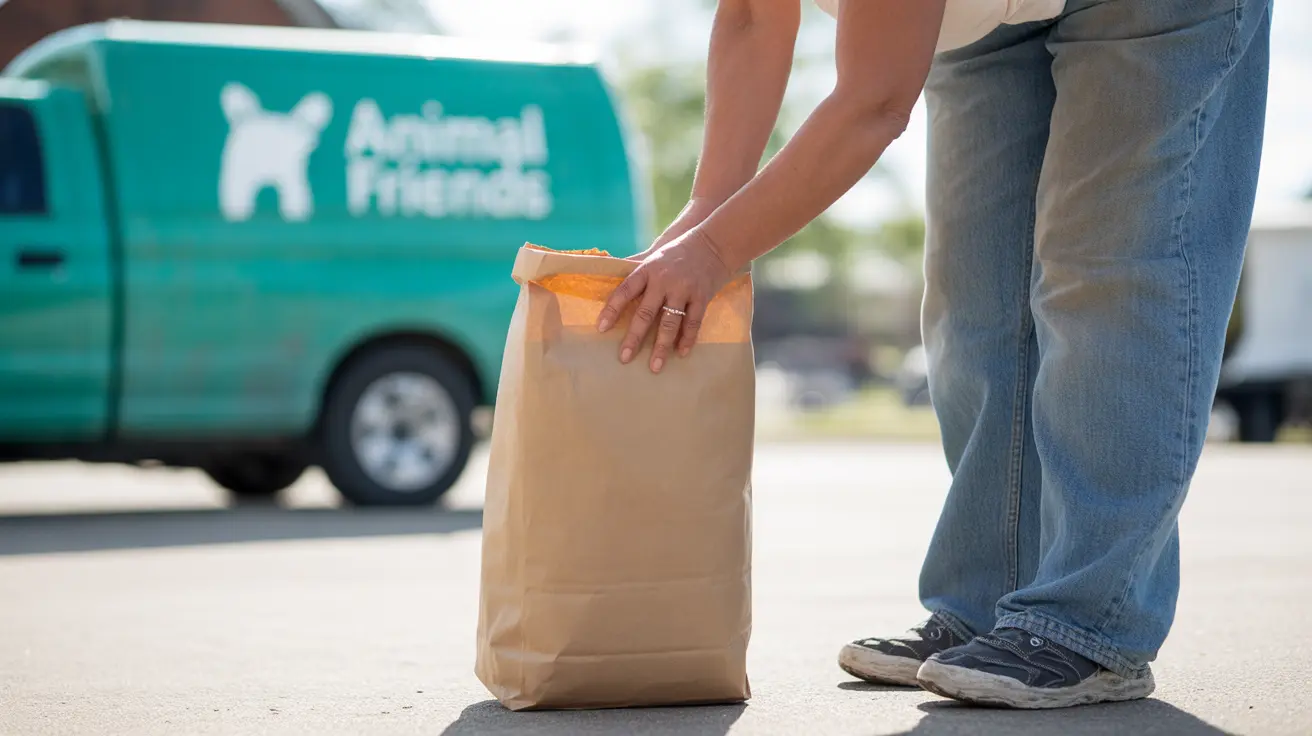Understanding the Grieving Process After Losing a Pet
The death of a beloved pet is often the first significant loss a child experiences. It can create deep emotional impacts, and while each person grieves differently, children especially need guidance, warmth, and honesty during this difficult time. Understanding the grieving process and age-appropriate responses can help caregivers support children effectively.
Age-Specific Reactions to Pet Loss
- Under 2 Years Old: May not understand the concept of death but feel the stress around them.
- Ages 3–5: Often see death as temporary or reversible. May need frequent, simple explanations.
- Ages 6–8: Begin to understand death is final but may still believe it happens to others.
- Ages 9–11: Grasp that death is inevitable and irreversible.
For young children, phrases like “went to sleep” can be confusing or even frightening. It’s essential to use accurate, clear language like “died” and explain what that means in simple terms.
Typical Grieving Behaviors
Children express grief in different ways, including:
- Sadness and crying
- Anger or acting out
- Guilt or blame (e.g., asking “Was it my fault?”)
- Fear or anxiety
- Denial or pretending nothing happened
Children may also develop questions about death and its meaning. Providing honest answers tailored to their developmental stage and belief system can offer comfort and clarity.
Supportive Actions for Caregivers
Helping children cope involves emotional, verbal, and ritual support:
- Be present and comforting: Let your child share feelings freely. Hold their hand or offer a hug when delivering sad news.
- Use honesty and clarity: Avoid euphemisms or fabricated stories like “the pet went to live on a farm,” which can breed confusion and mistrust.
- Promote goodbye rituals: Memorials such as burying the pet, drawing pictures, writing poems, or planting a tree can help children process grief.
- Encourage remembrance: Talking about the pet and sharing stories maintains a healthy connection to the memories.
- Model emotionally appropriate behavior: Show your grief and let children know it's okay to cry and miss the pet.
When to Seek Help
If a child seems overwhelmed by their grief—experiencing persistent nightmares, withdrawal, or consistent sadness—it may be time to consult a mental health professional such as a child psychiatrist.
Common Grieving Mistakes to Avoid
- Being Vague: Use precise language like “death” and “died.”
- Inventing Stories: Lies to comfort (e.g., “he went away”) often backfire as children grow older and find out the truth.
- Avoidance: Ignoring the topic or the child’s emotions sends the message that grief is unacceptable.
How Long Does Grief Last?
There is no set timeline for grief. Some children accept the loss in a few weeks, while others process it over months. Emotional resilience plays a role, but ongoing support is vital. It's usually best not to replace the pet immediately, giving the child time to heal and accept the transition.
Tangible Strategies for Healing
- Use children's literature about pet loss to open discussions (e.g., “The Tenth Good Thing About Barney” by Judith Viorst).
- Create a photo album or collage with images of the pet.
- Encourage the child to write a goodbye letter.
Pet Loss as a Teaching Moment
Besides emotional guidance, pet loss is an opportunity to teach children about empathy, remembrance, and the cycle of life. Age-appropriate discussions about death build emotional intelligence and resilience.
Conclusion
Losing a pet is deeply emotional, particularly for children grappling with the realities of death for the first time. By staying honest, empathetic, and patient, caregivers can help children navigate their loss and emerge with greater emotional depth and understanding. There is no “correct” length for grieving—a child’s needs and process should always lead the way.





